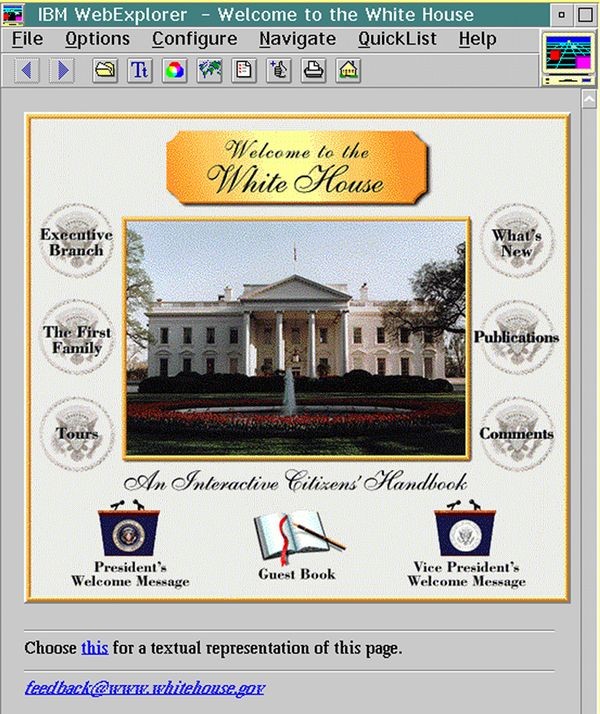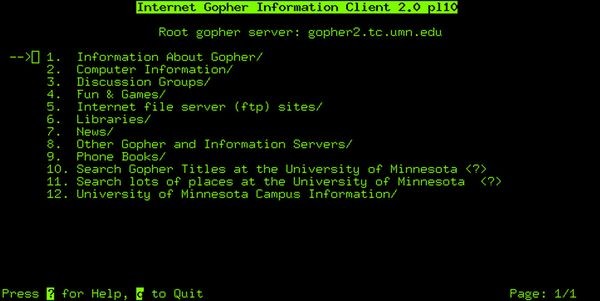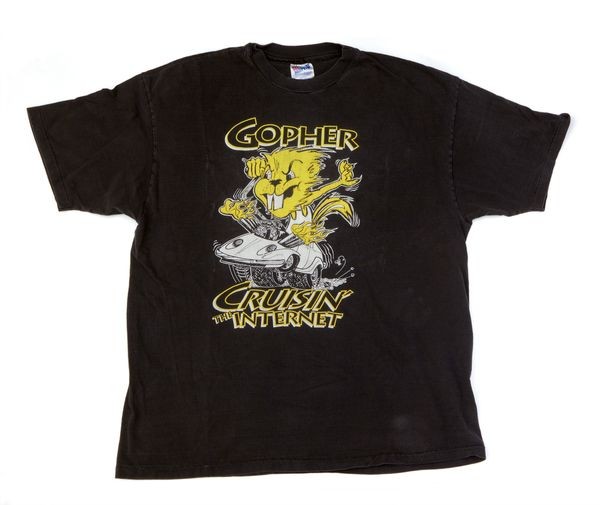Why Did the Web Win?
White House screenshot
Vice President Al Gore was a Web booster. He helped fund the World Wide Web Consortium, and championed a White House website when Congress was using Gopher instead.
Why Did the Web Win?
The Web was one networked information system among many. Why did it triumph?
Several factors contributed. First, the Web was designed to spread virally, requiring no big up-front investment of time and money. It worked on different kinds of computers, and could handle existing data— both legacies of its birth in the international bazaar of CERN. For many people, its simple, easily implemented hypertext links were a key attraction.
The Web also triumphed by absorbing potential rivals, adding support for WAIS and Gopher. Lynx and Viola converted themselves into Web browsers.
World Wide Web Consortium
In 1994 Tim Berners-Lee founded the World Wide Web Consortium (W3C), the Web’s core standards body, at MIT with a European office in France. Its first big test came in the battle over HTML between Netscape and Microsoft.
View Artifact DetailOnline Services vs. the Web
Most of the big ”walled gardens” — CompuServe, AOL, Minitel in France—resisted the Web and Internet. They either faded out or ended up as Web sites.
Microsoft Network (MSN) might have mounted a serious challenge. But by 1995 the Web was growing quickly, so Microsoft switched course and instead competed on the Web.
MSN (Microsoft Network)
The tens of millions of copies of Windows 95 came ready to connect to this private network, which had proprietary protocols. MSN later provided Internet access.
View Artifact DetailGopher’s Challenge
Gopher, which organized content in folders rather than clickable links, was the Web’s most direct Internet competitor. Educational institutions embraced Gopher, as did the U.S. Congress.
The Web surpassed it partly by incorporating the ability to read Gopher pages. And thanks to a lucky break: the University of Minnesota began charging for Gopher server licenses.
Gopher site
In the early 1990s, Gopher was growing faster than the Web. Written at the University of Minnesota (whose mascot was the gopher), it used a hierarchical organization like computer file systems.
View Artifact DetailGopher Cruisin' The Internet t-shirt
Developed by Mark McCahill, Paul Lindner and Farhad Anklesaria from a Campus-Wide Information Service, Gopher was named both for the University of Minnosota mascot, and after “go for” meaning fetch. This shirt is in the style of hot-rod artist Big Daddy Roth.
View Artifact Detail



